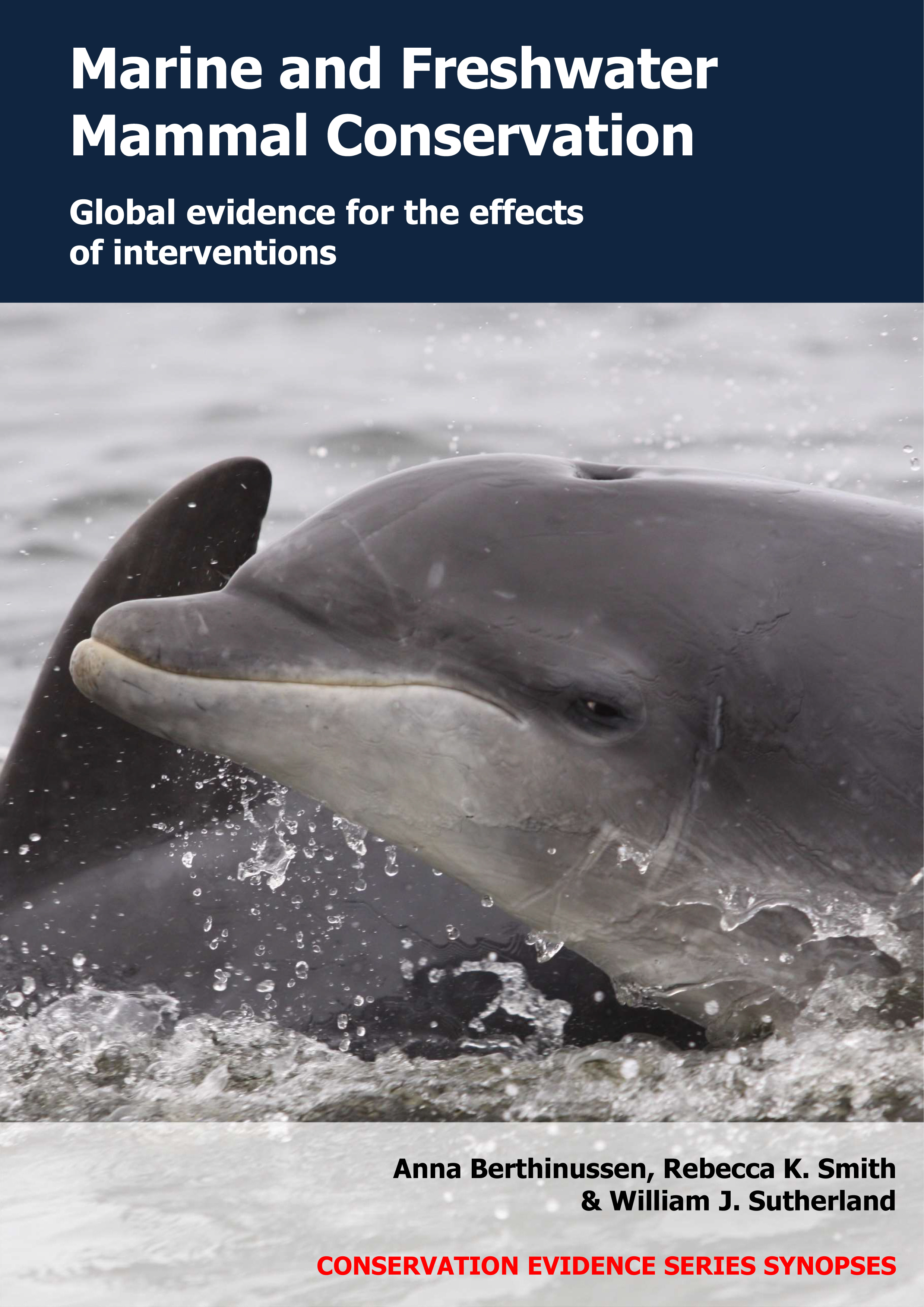Translocate mammals away from aquaculture systems to reduce human-wildlife conflict
-
Overall effectiveness category Likely to be ineffective or harmful
-
Number of studies: 2
View assessment score
Hide assessment score
How is the evidence assessed?
-
Effectiveness
10% -
Certainty
40% -
Harms
40%
Study locations
Supporting evidence from individual studies
A study in 2003–2005 at multiple Atlantic salmon Salmo salar farms in the Tasman Sea, Tasmania (Robinson et al. 2008) found that nearly all New Zealand fur seals Arctocephalus forsteri and Australian fur seals Arctocephalus pusillus doriferus translocated away from farms returned to the farms within two weeks of release. After each of five translocations of two New Zealand fur seals, released at sites 300 km from the farms, the seals returned within an average of seven days. After 13 of 14 translocations of nine Australian fur seals, released at sites 140 and 470 km from the farms, the seals returned within an average of three and nine days respectively. The other Australian fur seal, released 140 km away, had not returned to the farms after 113 days but was recorded visiting a salmon farm in a different area. Two New Zealand fur seals and nine Australian fur seals were translocated away from farms on 19 occasions (five seals were translocated once; four seals were translocated 2–4 times). The seals were trapped at salmon farms (number of farms not reported), satellite-tagged and released at beaches 140, 300 and 470 km away in June–October 2003–2005. Each of the 11 seals was tracked for 3–147 days and recorded at an average of six locations/day after release.
Study and other actions testedA study in 1997–2005 at nine Atlantic salmon Salmo salar farms in the Tasman Sea and Southern Ocean, Tasmania (Robinson et al. 2008) found that more than half of Australian fur seals Arctocephalus pusillus doriferus and New Zealand fur seals Arctocephalus forsteri translocated away from farms were recaptured at the farms and most returned after multiple translocations. Overall, 56% of relocated fur seals were recaptured at farms between 2 days and 6 years after release in other areas. Of those seals recaptured, approximately 80% returned after being translocated 2–62 times. The authors state that the actual number of seals that returned is likely to be higher as some may have evaded capture. In 1997–2005, more than 4,100 translocations of 954 microchipped seals were carried out. Seals were captured in baited traps at nine salmon farms and released at multiple locations up to 520 km away. Numbers of recaptured seals were recorded during trapping at the nine salmon farms each year in 1998–2005.
Study and other actions tested
Where has this evidence come from?
List of journals searched by synopsis
All the journals searched for all synopses
This Action forms part of the Action Synopsis:
Marine and Freshwater Mammal Conservation
Marine and Freshwater Mammal Conservation - Published 2021
Marine and Freshwater Mammal Synopsis





)_2023.JPG)














